Provence is a land where gastronomy is far more than a simple pleasure — it’s a way of life, an everyday celebration of local produce and the rhythm of the seasons. From the rolling hills of the Luberon to the sun-drenched coves of the Riviera, every village and every market stall reveals age-old recipes, authentic flavours and culinary traditions passed down through generations.
Appetizers & Aperitifs : From the very first aperitif, Provençal tables abound with sun-kissed flavours. Olives reign supreme here, in countless varieties: green olives from the Vallée des Baux-de-Provence, AOP black olives from Nyons, cracked olives from the Durance Valley, or tapenade — a rich spread made of olives, capers, anchovies and olive oil. Some family-run olive mills, like Moulin Castelas near Les Baux-de-Provence, offer tastings right on site.
To accompany these delicacies, the iconic aniseed pastis is a must, best enjoyed slowly in the shade of plane trees. Alongside big names like Ricard and Pastis 51, small artisanal distilleries craft refined versions infused with wild herbs like fennel and savory, preserving recipes steeped in local identity.
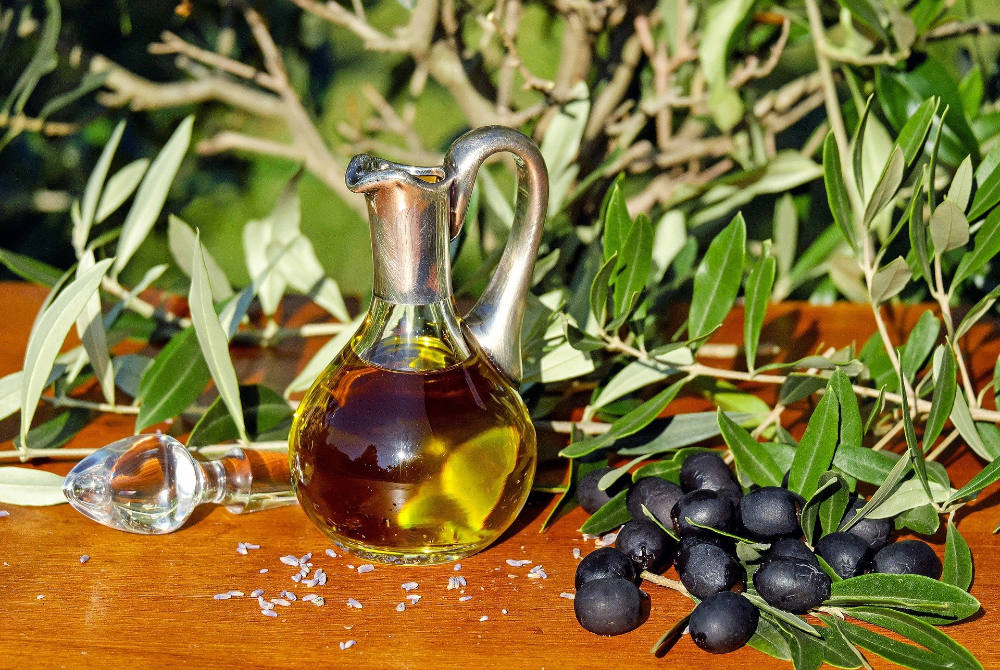
Starters : Provence’s bounty shines in its starters. The Cavaillon melon is a summertime jewel — sweet, fragrant and tender-fleshed, often served with thin slices of cured ham or soft goat’s cheese. On the markets of Pernes-les-Fontaines or Coustellet, entire stalls are devoted to this emblematic fruit.
Another staple is soupe au pistou, a warm, hearty vegetable soup finished with a vivid green sauce of fresh basil, garlic and olive oil. Each family adds its own touch: some prefer white beans or small pasta, others a hint of pancetta.
The region’s rosé wines, pale and delicate with notes of citrus and summer berries, are ever-present at Provençal tables. The Luberon produces elegant rosés, while wines from the Ventoux are slightly fuller, pairing perfectly with long summer evenings.
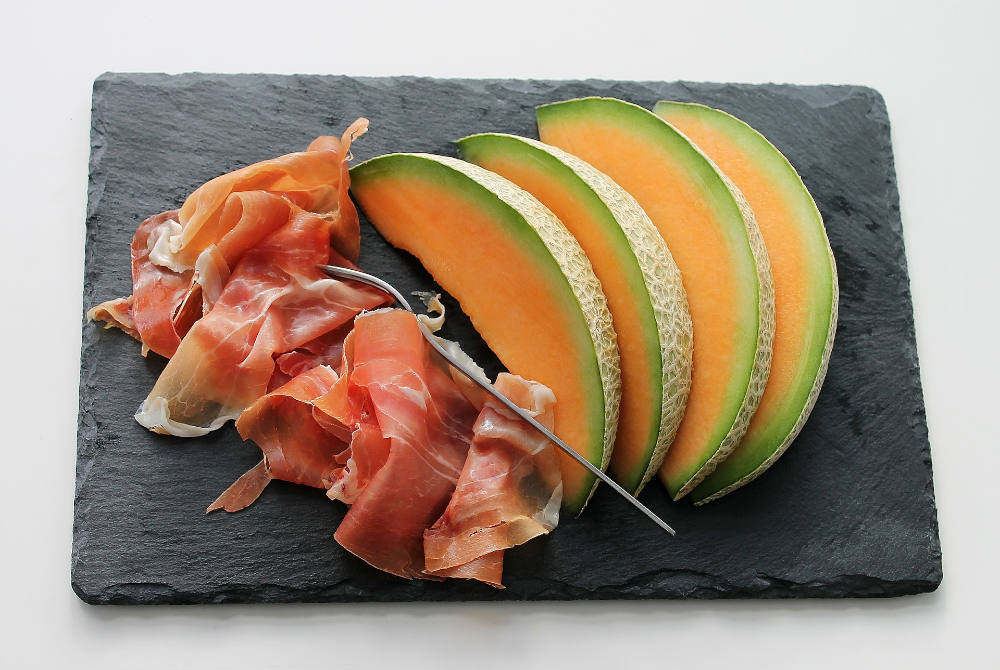
Main Courses : Ratatouille is more than a side dish here — it’s Provence on a plate. This medley of courgettes, aubergines, peppers and tomatoes is gently simmered with thyme, bay leaves and generous olive oil. In Manosque, it’s served with scrambled eggs; in Lourmarin, it’s eaten cold, almost confit-like.
Hearty daube Provençale is a regional classic — beef or lamb slow-cooked in red wine with carrots, bacon, black olives and wild herbs, sometimes with a touch of orange zest. In Digne-les-Bains, it’s often prepared with local mountain game, like wild boar.Another specialty is Provençal aïoli, a dish of steamed white fish and vegetables accompanied by a rich, garlicky emulsion of olive oil and garlic. Traditionally served on Fridays or at village celebrations, it remains a festive highlight.
Along the Côte d’Azur, authentic Mediterranean flavours shine with equal vibrancy. Niçoise olives, sun-ripened tomatoes, and lemons from Menton fill the markets and kitchens. Socca — a crisp, golden chickpea flour pancake — is a street-food icon in Nice, as is pissaladière, a caramelized onion tart topped with anchovies and olives. Seafood takes centre stage with bouillabaisse, a richly spiced fish stew served traditionally in Marseille, each family recipe a closely guarded secret. Fresh, local fish and shellfish are celebrated in simple yet refined dishes, accompanied by lively white wines from Cassis.
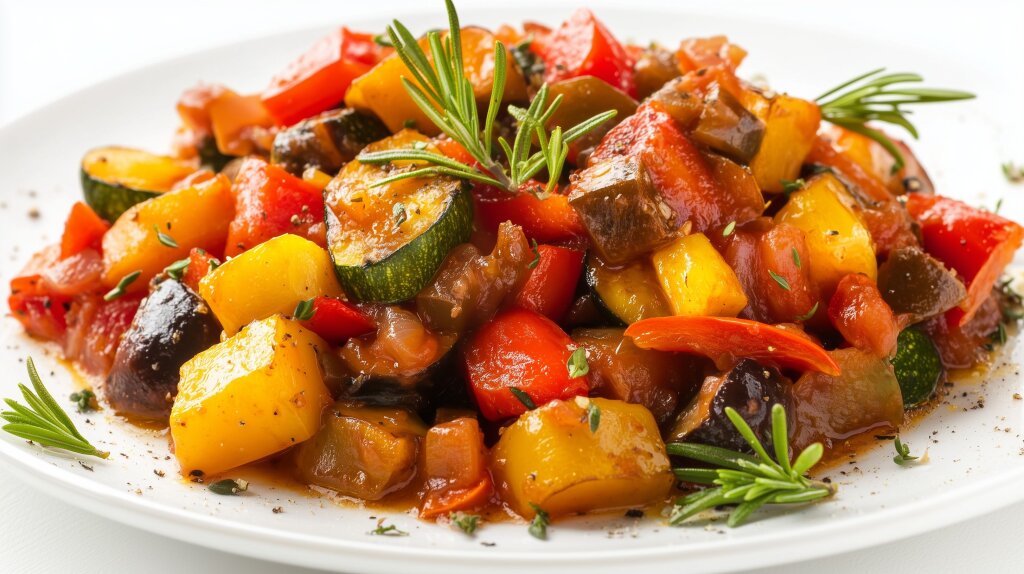
Cheeses : Provence boasts a treasure trove of artisan goat’s cheeses. Brousse du Rove is a fresh, light cheese sometimes scented with orange blossom water for dessert. Tomme de Provence, rubbed with wild herbs or grape marc, pairs beautifully with powerful reds like Châteauneuf-du-Pape or Côtes-du-Rhône Villages.
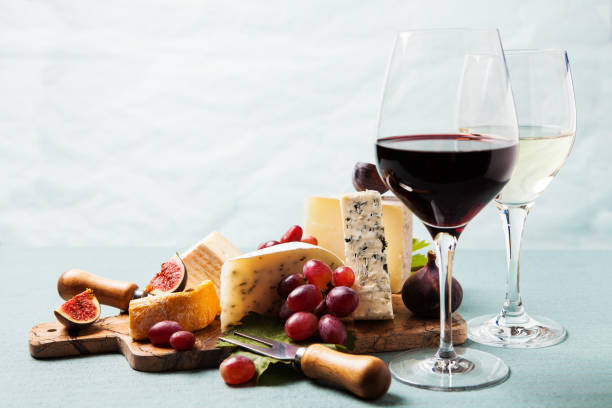
Sweet Treats & Desserts : The region is home to countless traditional sweets. Nougat from Sault, flavoured with lavender honey, Aix-en-Provence’s calissons, and orange blossom-scented navettes from Marseille are perennial favourites. Apt’s candied fruits are among France’s finest. Crisp oreillettes — thin, fried pastries dusted with icing sugar — are savoured during village festivals. Saint-Rémy’s signature gâteau, a rich brioche with dried fruit and chocolate, is a votive fair favourite. No visit would be complete without a slice of tarte tropézienne, Saint-Tropez’s legendary brioche filled with luscious cream and dusted with pearl sugar. Best enjoyed at sunset with a glass of chilled Coteaux Varois white.
Local Wines & Liqueurs : Provence’s reputation as a rosé wine paradise is well-earned, but its vineyards also produce delicate whites and expressive reds. Beyond wine, the region is famed for its herbal liqueurs: Farigoule, made with wild thyme; Génépi from the nearby Alps; walnut wine; and lavender liqueur, all cherished as after-dinner digestifs.
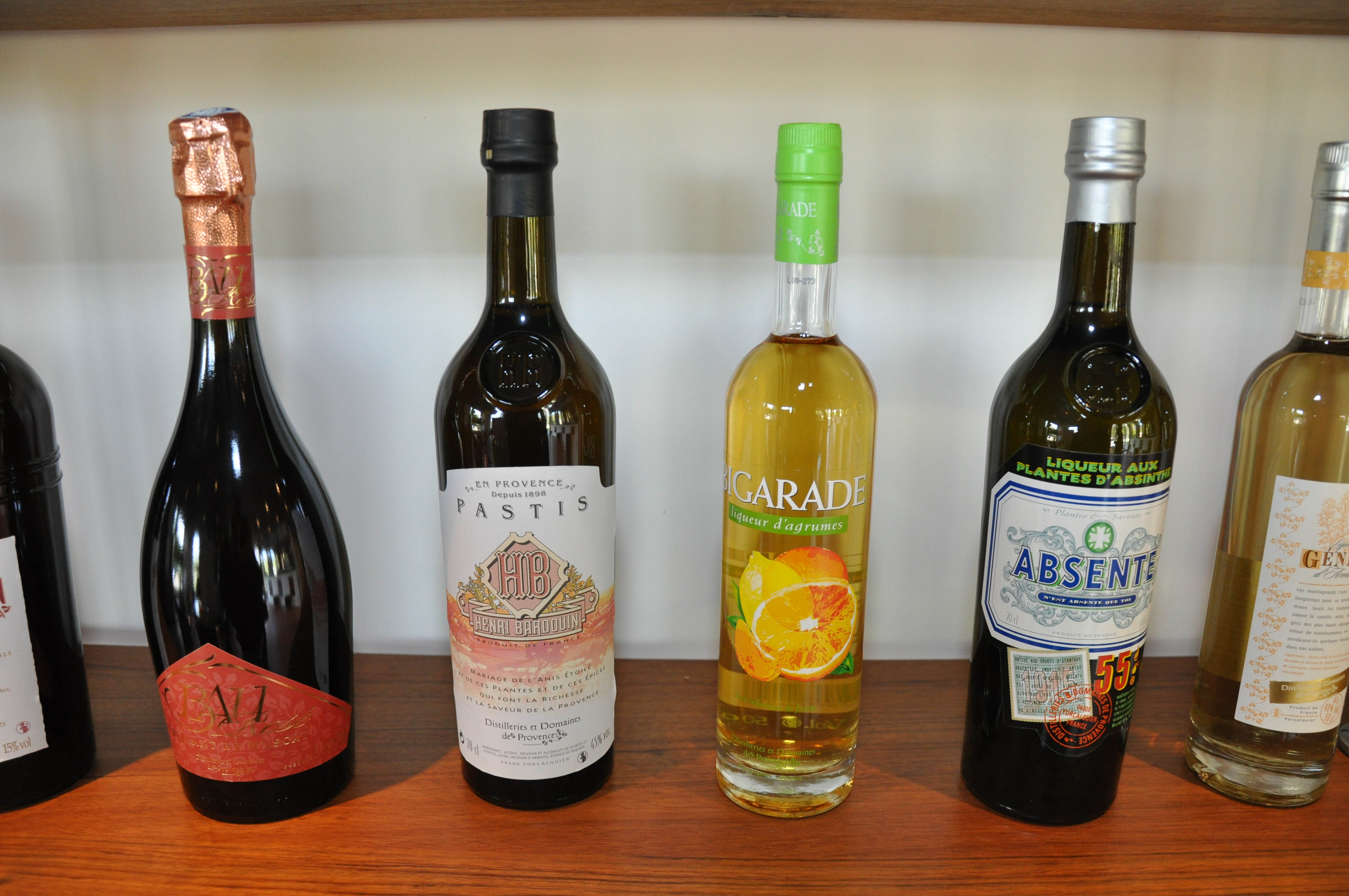
Culinary life here isn’t confined to restaurants — it’s found in bustling markets, convivial wine tastings, festive truffle fairs in Aups, fish markets in Sanary-sur-Mer, and cooking workshops with local chefs. Wild herbs like thyme, rosemary and savory grow everywhere, perfuming oils and dishes alike. Provence’s gastronomy is a sensory journey, a tribute to the Mediterranean way of life — generous, sun-drenched and authentic — a timeless feast for both body and soul.